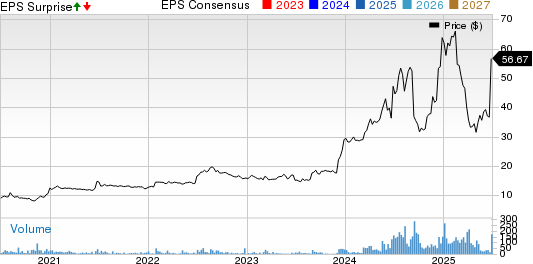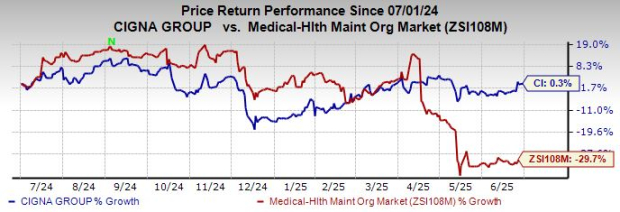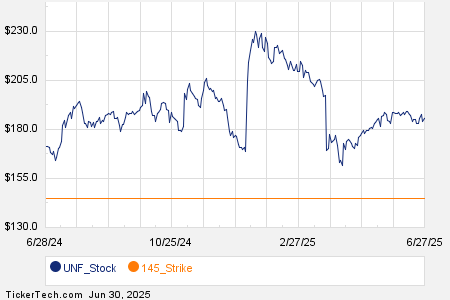Cocoa Prices Decline Amid Surplus Outlook and Weak Demand
May ICE NY cocoa (CCK25) closed down -183 (-2.19%) on Thursday, while May ICE London cocoa #7 (CAK25) ended the day down -148 (-2.28%).
Market Trends and Supply Surplus
Cocoa prices faced a downturn on Thursday, relinquishing earlier gains due to forecasts of a global cocoa surplus. In recent weeks, prices have struggled, recently hitting four-month lows fueled by a more favorable supply outlook. On February 28, the International Cocoa Organization (ICCO) projected a global cocoa surplus of 142,000 MT for the 2024/25 season, marking the first surplus in four years. The ICCO has also anticipated a 7.8% year-over-year increase in global cocoa production, expecting it to reach 4.84 MMT.
Inventory and Export Data
The recovery in cocoa inventories is contributing to price declines. After dropping to a 21-year low of 1,263,493 bags on January 24, ICE-monitored cocoa inventories in U.S. ports rose to a three-and-a-quarter-month high of 1,640,441 bags by Thursday.
Additionally, Nigeria, the world’s fifth-largest cocoa producer, reported a 27% year-over-year increase in January cocoa exports, reaching 46,970 MT as of February 27, which adds further pressure to cocoa prices.
Concerns About Demand
Concerns over demand are also influencing cocoa prices. Executives from leading chocolate manufacturers such as Hershey and Mondelez have noted that high cocoa prices are negatively impacting consumer demand. On February 4, Mondelez’s CFO Zarmella commented on signs of a decline in cocoa consumption in certain regions, particularly North America. Furthermore, the company warned on February 18 of potential chocolate price increases by up to 50%, a move that could further reduce demand for chocolate products. Hershey acknowledged on February 6 that elevated cocoa costs necessitated recipe adjustments, including the replacement of cocoa with alternative ingredients.
Grinding Reports Indicate Reduced Demand
Reduced cocoa demand was evident in the fourth quarter, as indicated by recent grinding reports. The European Cocoa Association reported a decline in Q4 grindings, which fell 5.3% year-over-year to 331,853 MT—registering the lowest total in over four years. Similarly, the Cocoa Association of Asia noted a slight decrease of 0.5% year-over-year in Q4 grindings to 210,111 MT, also the lowest in four years. Meanwhile, the National Confectioners Association reported a 1.2% decline in North American cocoa bean grindings for Q4, totaling 102,761 MT.
Supply Challenges Amid Lower Forecasts
Factors constraining cocoa supplies, particularly from Ghana, a key player in the market, may provide some support for prices. In December, Ghana’s cocoa regulator, Cocobod, adjusted its 2024/25 harvest forecast downward for a second time, reducing it to 617,500 MT, a 5% decline from the earlier estimate of 650,000 MT.
Global Deficits and Production Trends
According to the ICCO, the global cocoa deficit for the 2023/24 season reached -441,000 MT, the largest deficit in over 60 years. The organization indicated that cocoa production for the same period fell by 13.1% year-over-year to 4.380 MMT. Additionally, the ICCO highlighted a significant decline in the global cocoa stocks-to-grindings ratio, which stood at 27.0%, marking a 46-year low.
On the date of publication, Rich Asplund did not have any positions in the securities mentioned. All information provided is solely for informational purposes. For more information, please view the Barchart Disclosure Policy here.
The views expressed herein are those of the author and do not necessarily reflect those of Nasdaq, Inc.






